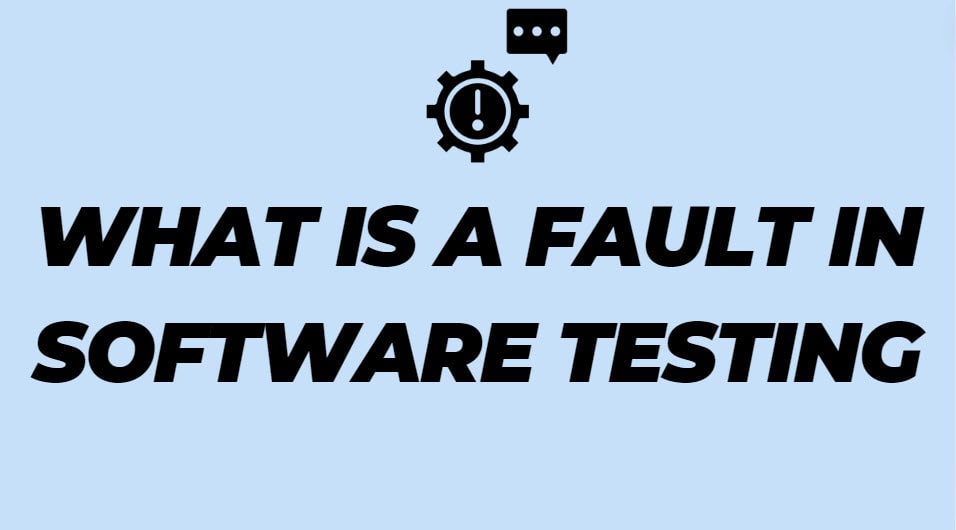As a software testing professional in the USA, I’ve encountered numerous faults throughout my career. In this post, I’ll explore what exactly constitutes a fault in software testing, why it’s crucial to understand, and how we can effectively identify and address these issues.
Fault-based testing is a software testing method that identifies faults, errors, and defects within a software system. But what exactly is a fault? In software testing, a fault is essentially a defect or bug in the code that can lead to errors when the software is executed.
It’s important to distinguish between faults, errors, and failures:
- A fault is the underlying issue in the code.
- An error occurs when this faulty code is executed.
- A failure is the observable incorrect behavior of the system due to the error.
Check out: What is a bug in software testing
A defect, also known as a bug, results from an error. Poorly written code, for example, is a defect that, when executed, can cause crashes or unexpected behavior.
Common Types of Faults
In my experience testing software for various USA-based companies, I’ve encountered several types of faults:
Logical Faults: These occur when the program’s logic is flawed. For instance, a banking app for a New York-based financial institution might incorrectly calculate interest rates due to a logical fault.
Syntax Faults: These are coding errors that violate the programming language’s rules. Compilers usually catch them but can slip through in interpreted languages.
Runtime Faults: These faults cause the program to behave unexpectedly during execution. For example, a California-based e-commerce platform might crash when processing many simultaneous transactions due to a runtime fault.
Interface Faults: These occur when different parts of the system don’t communicate correctly. An example could be a healthcare system in Texas where patient data isn’t adequately transferred between modules.
Check out What is Manual testing and Automation testing
Fault-Based Testing Techniques
To effectively identify faults, we use various fault-based testing techniques:
Mutation Testing: This involves intentionally introducing faults into the system to assess its resilience and error-handling capabilities. For instance, we might alter a line of code in a flight booking system for a major US airline to see how it handles incorrect input.
Error Guessing: Based on experience, testers try to guess where faults might occur and design tests accordingly. For example, when testing a voting system for a state election, we might focus on areas prone to data inconsistencies.
Fault Seeding: Similar to mutation testing, this involves deliberately inserting known faults into the program and then using test cases to find them.
Fault Injection: This technique deliberately introduces faults into a system to determine whether it can withstand error conditions. It’s beneficial for testing robust systems like those used in NASA’s space programs.
Conclusion
In the fast-paced world of software development, understanding and effectively addressing faults is crucial. As testers, our role is to uncover these faults before they become errors or failures in users’ hands. We can significantly contribute to developing robust, reliable software systems across the USA and beyond by employing various fault-based testing techniques and maintaining a keen eye for potential issues.
You may also like following the articles below.

My name is Madhu, and I’m a certified Test Consultant with more than 16 years of hands-on experience developing and maintaining manual and Test Automation in the Software industry. I have experience with automation tools such as Selenium, Katalon Studio, etc.
